How online sleuths are holding Russia to account over Ukraine in real time
Analysts and amateurs alike are using open-source intelligence (OSINT) techniques to document Russia’s invasion and debunk Kremlin propaganda in unprecedented fashion, reports Rory Sullivan

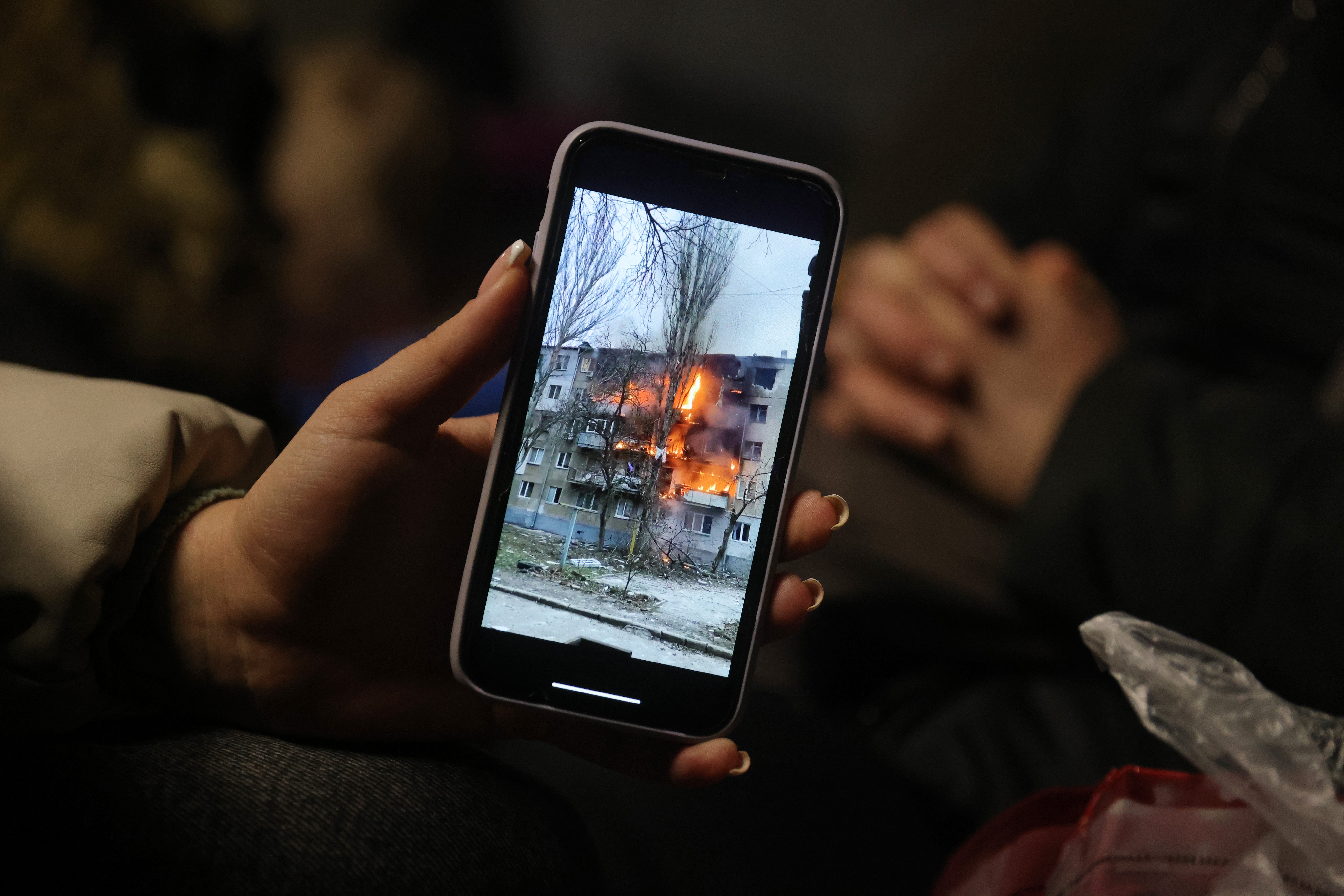
Unlike most previous conflicts, Vladimir Putin’s war in Ukraine is being closely watched and monitored in almost real time, thanks to an army of online sleuths.
Since Russia launched its invasion three weeks ago, streams of high-resolution photographs, videos and satellite imagery have poured out of Ukraine, showing burned-out tanks, shelled apartment blocks and missile attacks.
They document the lack of Russian progress as well as the destruction and upending of civilian lives.
From bedrooms and offices across the world, members of the open-source intelligence (OSINT) community have found, examined, geolocated and shared this material to a wider audience.
Though the fog of war still exists, such evidence aids the wider world’s understanding of an ongoing conflict as never before.
Just a decade ago, the possibility of effectively live-streaming armed combat would have seemed unimaginable. The public’s main glimpses of war came from news broadcasts. But with the rise of social media, open-source investigation came into its own.
Resourceful internet users could glean publicly-available information that had, until recently, only been the preserve of national governments and intelligence officers.
Ben Strick, the lead open-source investigator at the Centre for Information Resilience (CIR), a charity dedicated to tackling disinformation and exposing human rights abuses, explains this extraordinary development.
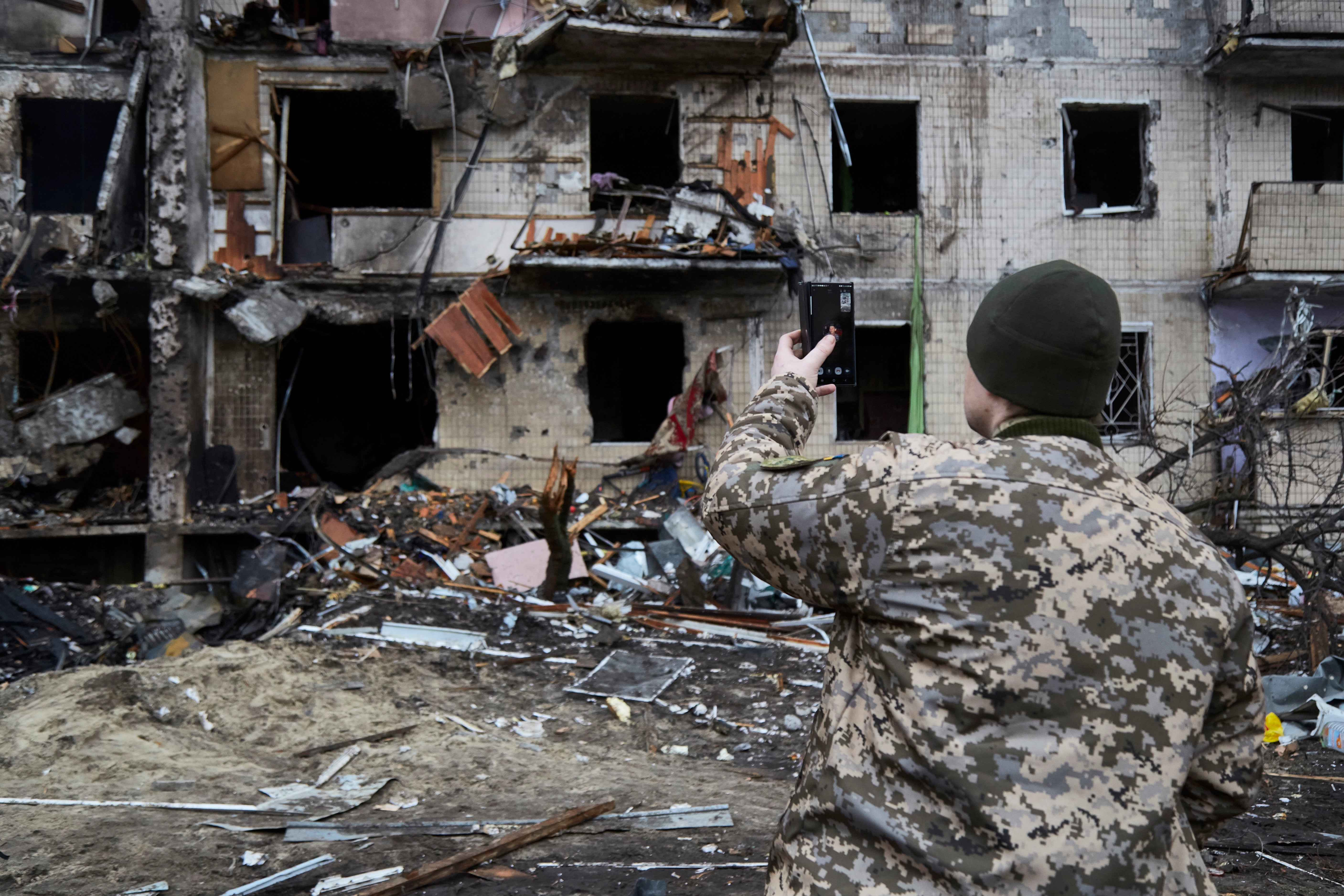
Before OSINT’s meteoric rise, people could only learn about war through on-the-ground reports from channels such as BBC or CNN, he says. “That was the only information you got out of that space, broadcast to us all while we were eating our dinner.
“Now we’re seeing something completely different. Journalists are generally the second source of information,” Mr Strick told The Independent. “The prime source is hundreds of thousands of people with mobile phones that are living in these towns where bombings are happening, where the military is moving through, where people are being killed.
“And that information space is great because it gives power to civilians to make their own news. To let the world know what’s happening – not just from the eyes of a western reporter, but from their own eyes,” he adds.
Open-source techniques were honed during the horrors of the Syrian civil war, when allegations of chemical weapons attacks by the Assad regime and bombardments against civilians by its Russian allies needed to be verified.
The biggest shift is that this material is now seen as useful and valuable
Eliot Higgins, a leading figure in the OSINT movement, helped with this type of work.
He founded the highly-respected intelligence agency Bellingcat, which, among other major scoops, concluded that Russia was to blame for the downing of the Malaysia Airlines Flight 17 passenger aircraft over Ukraine in 2014. Moscow denies any responsibility for the deaths of the 298 people onboard.
The 43-year-old reflects on the progress made by the open-source field in such a short space of time.
For him, the most significant change has been journalists and other information gatekeepers’ embrace of its work. “The biggest shift is that this material is now seen as useful and valuable,” he says.
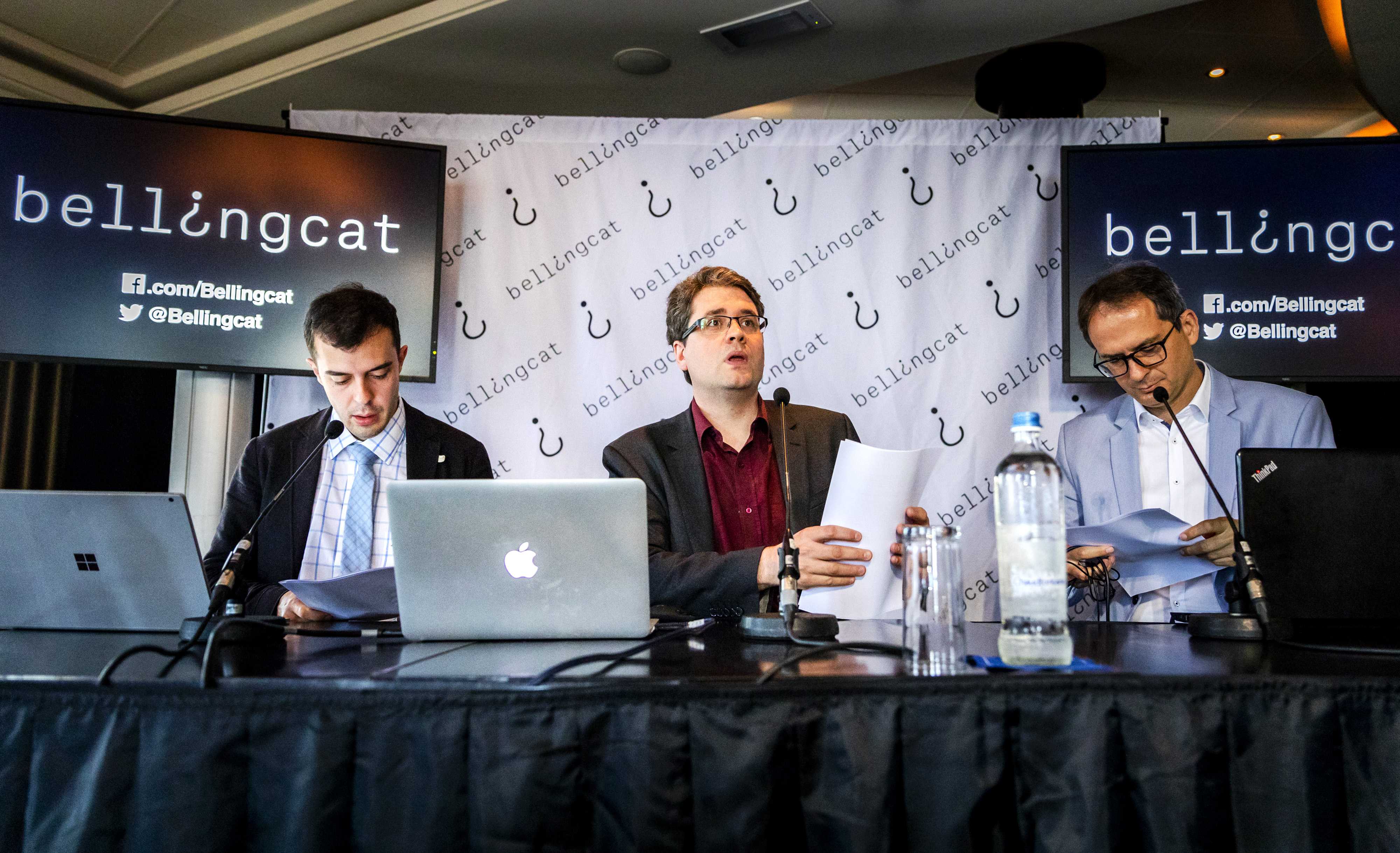
Despite knowing the power of this online community as well as anyone, Mr Higgins was shocked by the speed with which it reacted to Russia’s invasion of Ukraine.
“I’m surprised about how quickly things came together around Ukraine. It has engaged a huge number of people,” he says.
OSINT’s greatest strength is its ability to fight false narratives, including the Kremlin’s claim the war is going well and its insistence that it is not indiscriminately targeting civilian locations.
“They’ve been debunked almost as quickly as they’ve been published. There’s no time for it to sink into the information ecosystem. It’s very difficult for Russia to build up justification,” Higgins says.
“We can also tell from the evidence that Russia is suffering quite massive losses,” he adds.
Alongside this real-time function, open-source research has the potential to play an important role in the future: its proponents believe the evidence it amasses now could be used to hold the war’s instigators to account.
We’ve never been able to doom-scroll a war before
Jeffrey Lewis, a professor at the Middlebury Institute of International Studies, seconds this view. “The real value of open-source technology is holding powerful people accountable,” he notes.
As an OSINT expert, Mr Lewis is well-placed to explain the difference between this war and others. “We’ve never been able to doom-scroll a war before. To pull out one’s phone and just instantly access high-resolution imagery and video from an ongoing conflict in almost real time. That’s a completely different scenario.
“It completely changes the information environment; it shapes how political leaders have to react. I think that’s why Putin is losing the information war,” he says.
Many open-source enthusiasts have risen to prominence during the first weeks of the conflict in Ukraine.
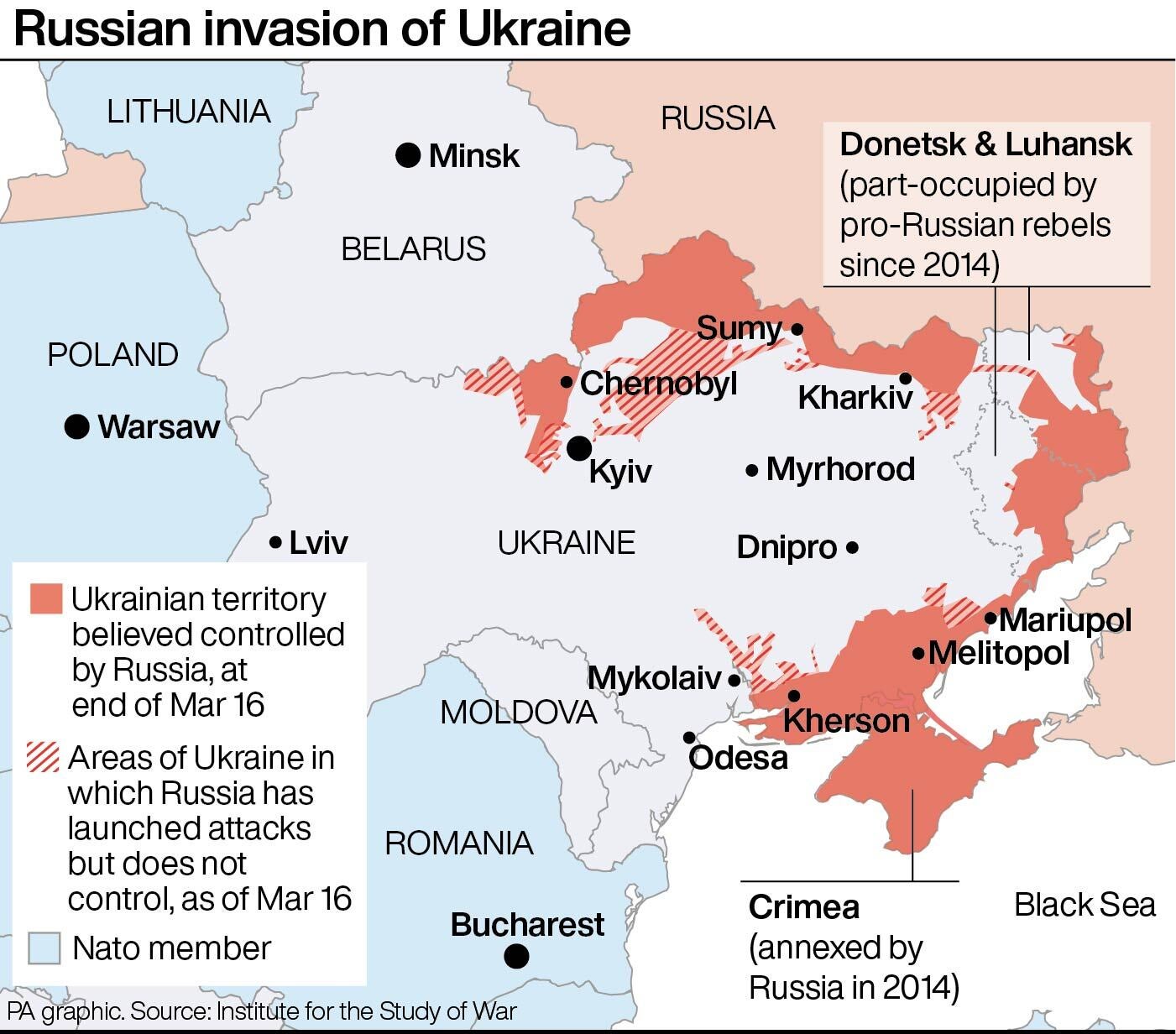
Justin Peden, a 20-year-old University of Alabama student who tweets under the Intel Crab moniker, is one of them.
The health care management major has long been interested in war, as his stepfather served in the US army.
When Russia annexed Crimea in 2014, he set up a Twitter account to follow people living in areas of the Donbass beset by hostilities between Ukraine and Russian-backed separatists.
As a result, Mr Peden, whose Twitter following has doubled to almost 250,000 people, had quick access to a broad range of sources when Russia’s war broke out.
“Because of that large list of people I had compiled, I find myself quite often sitting on a very large pile of raw information. It’s very overpowering at times,” he tells The Independent.
Aware of the strength of the transparency OSINT provides, Mr Peden is equally cognisant of its dangers.
He says that geolocating photos from an active war zone can put Ukrainian civilians at risk through the publication of their addresses.
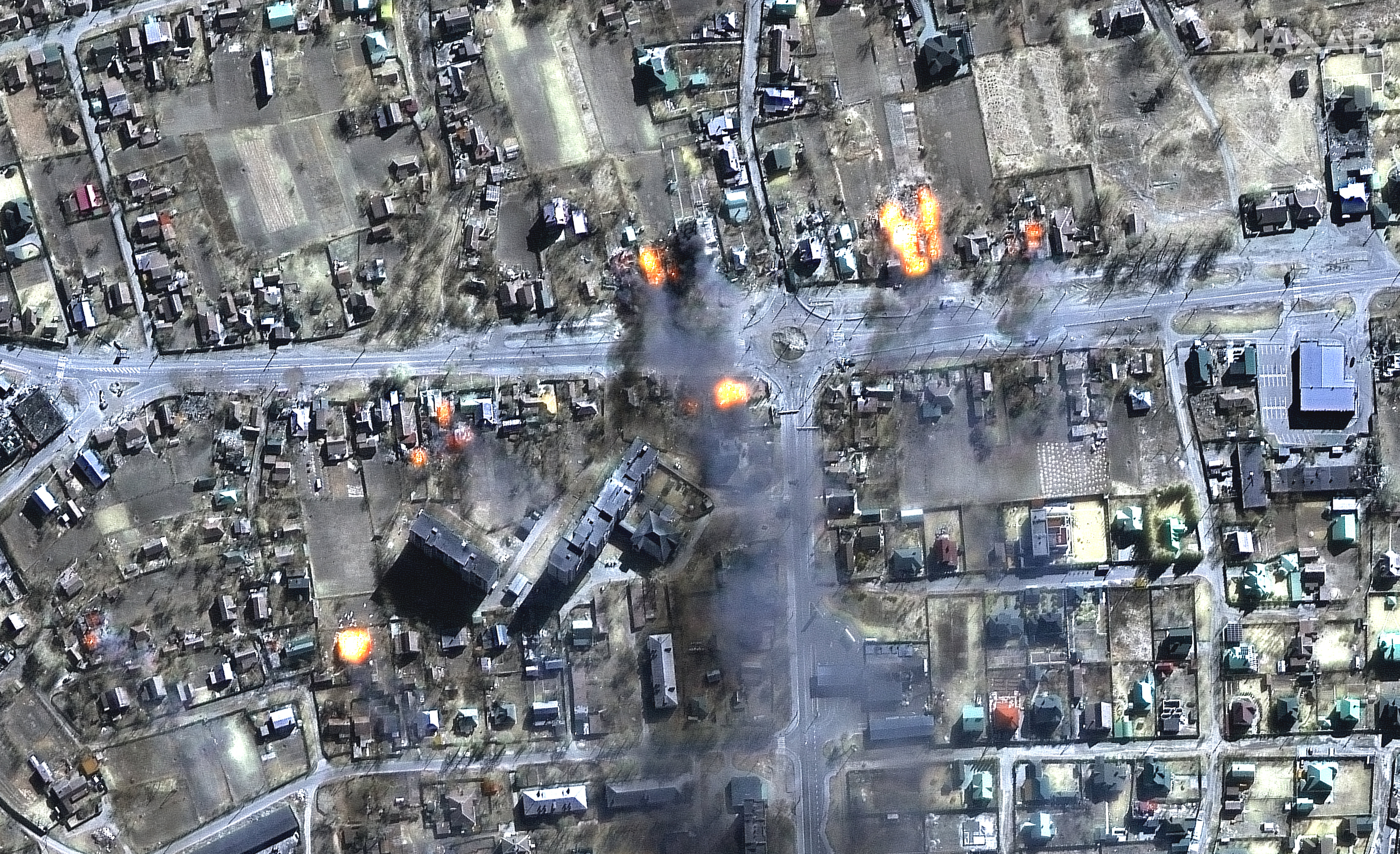
Mr Strick is also extremely concerned by this possibility.
With a flood of new OSINT practitioners, the risk of endangering civilians is much higher, he says. Mistakes “could equal someone being arrested or killed”.
Mr Peden says he only recently became aware of this problem.
“I can’t share some stuff from a security standpoint. It’s something that hadn’t crossed my mind a month ago.”
Despite this area of concern, it is clear the world has much to gain from OSINT.
For as long as Mr Putin’s war lasts, dedicated citizens will continue to debunk propaganda and chart human rights abuses.
The Independent has a proud history of campaigning for the rights of the most vulnerable, and we first ran our Refugees Welcome campaign during the war in Syria in 2015. Now, as we renew our campaign and launch this petition in the wake of the unfolding Ukrainian crisis, we are calling on the government to go further and faster to ensure help is delivered.
To find out more about our Refugees Welcome campaign, click here. To sign the petition click here. If you would like to donate then please click here for our GoFundMe page.






Join our commenting forum
Join thought-provoking conversations, follow other Independent readers and see their replies
Comments